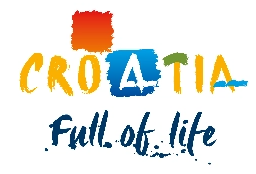


.jpg&w=3840&q=75)


Mirna River delta
Together with Tarski Cove (Tarska vala) , the mouth of Mirna River covers an area of some 465 hectares, abounding in flora and fauna of which several-hundred bird species, and numerous amphibians, lizards and mammals are protected by law.
The Mirna River delta and Tar Cove (Tarska vala) to be proclaimed an ornithological reserve
The lagoons of the Mirna River delta and Tarski Cover are vital to the migration, overwintering and nesting of birds of water habitats. This is where the Dunlin, a Siberian nesting bird, stops over as it flies across Croatia during summer migration in flocks of about 30 specimens.
This area is soon to become a special ornithological reserve, giving it the formal framework needed for providing protection not only to the wide diversity of birds of living there, but also to the wetlands, one of the few remaining in the Mediterranean.
In some aspects, the regime of special reserves is more stringent than even that of national parks. Regulations consistent with the environmental needs of protected nature areas will apply to the Mirna River delta – Tarski Cove area, soon to be the second special ornithological reserve in Istria.
About the Mirna River
At 53 kilometres Mirna is Istria's longest river. The source is located 32 kilometres upstream from where it flows into the Adriatic Sea, in the village of Kotli and near Hum, the smallest town in the world. The wondrous towns of Motovun, Grožnjan and Oprtalj sit on hills overlooking the Mirna River valley.
The Motovun Forest runs along the Mirna River valley and is the best-known truffle habitat.


Destinations
Additional Information


©2025 Colours of Istria. All rights reserved. No part of this site may be reproduced without our written permission.























